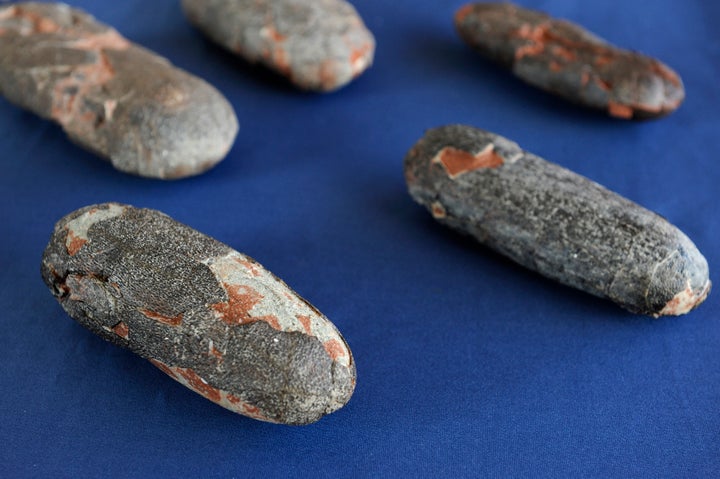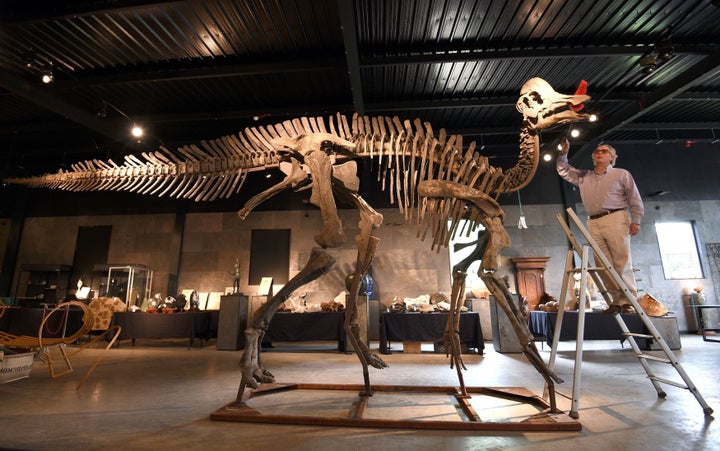The dinosaurs have had a pretty tough time since their extinction around 65 million years ago.
Not content with being summarily wiped out by what could have been a giant asteroid it now appears as though our scaled cousins also suffered from another particularly unlucky roll of the dice.
In this case it seems their own evolution has played a particularly nasty card against them.

Scientists have discovered that the average incubation period for a dinosaur egg was anywhere between 3-6 whole months.
The groundbreaking research led by a Florida State University professor shows that depending on the size, many dinosaurs would need more than a year to mature, placing them (and their parents) at considerable risk.
You see the longer the incubation and maturation rate, the more protection the egg and hatchling need from external environmental factors such as predators, the weather and food shortages.
With huge environmental unrest taking place at the time (thanks to some particularly nasty volcanic eruptions), professor Gregory Erickson believes the dinosaur’s long incubation period played a considerable role in their extinction.
“We suspect our findings have implications for understanding why dinosaurs went extinct at the end of the Cretaceous period, whereas amphibians, birds, mammals and other reptiles made it through and prospered,” Erickson said.
To find out just how long dinosaurs incubate inside their eggs, Erickson and his team took one large dinosaur in the form of the

Hypacrosaurus (a large duck-billed dinosaur found in Canada) and a much smaller sheep-sized Protoceratops found in the Mongolian Gobi Desert.
The teams extracted teeth from the embryonic jaws of both dinosaurs and found something rather remarkable hidden within the teeth: growth lines just like that of a tree.
“These are the lines that are laid down when any animal’s teeth develops,” Erickson said. “They’re kind of like tree rings, but they’re put down daily. We could literally count them to see how long each dinosaur had been developing.”
“Dinosaur embryos are some of the best fossils in the world,” said Mark Norell, Macaulay Curator for the American Museum of Natural History and a co-author on the study.
“Here, we used spectacular fossils specimens collected by American Museum expeditions to the Gobi Desert, coupled them with new technology and new ideas, leading us to discover something truly novel about dinosaurs.”
